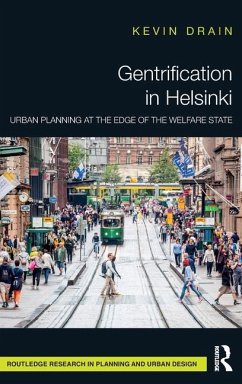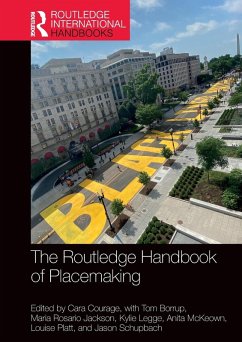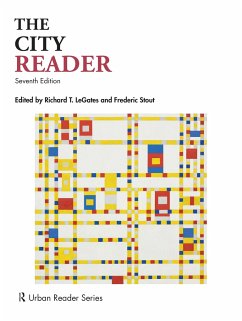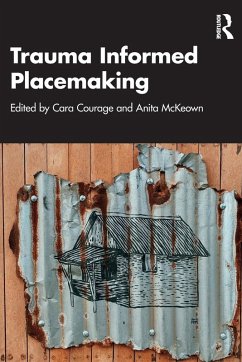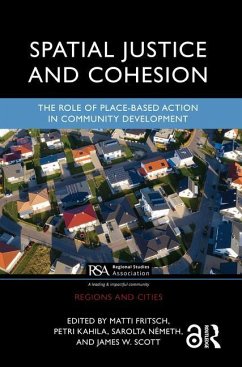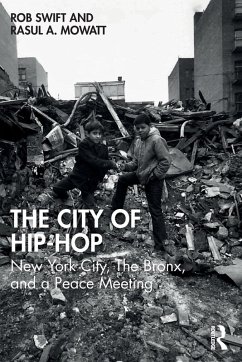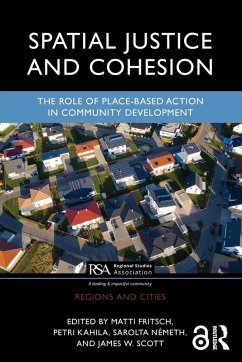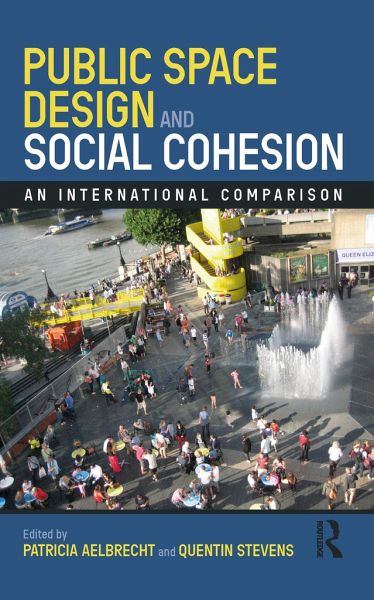
Public Space Design and Social Cohesion
An International Comparison
Herausgeber: Aelbrecht, Patricia; Stevens, Quentin
Versandkostenfrei!
Versandfertig in 1-2 Wochen
68,99 €
inkl. MwSt.
Weitere Ausgaben:

PAYBACK Punkte
34 °P sammeln!
Public space, in its role as the main stage for social interactions between strangers, clearly plays a role in facilitating or limiting opportunities for social cohesion. This book synthesizes scholarly knowledge at the intersection of public space design and social cohesion and is based on original research and a depth of urban design practice.





